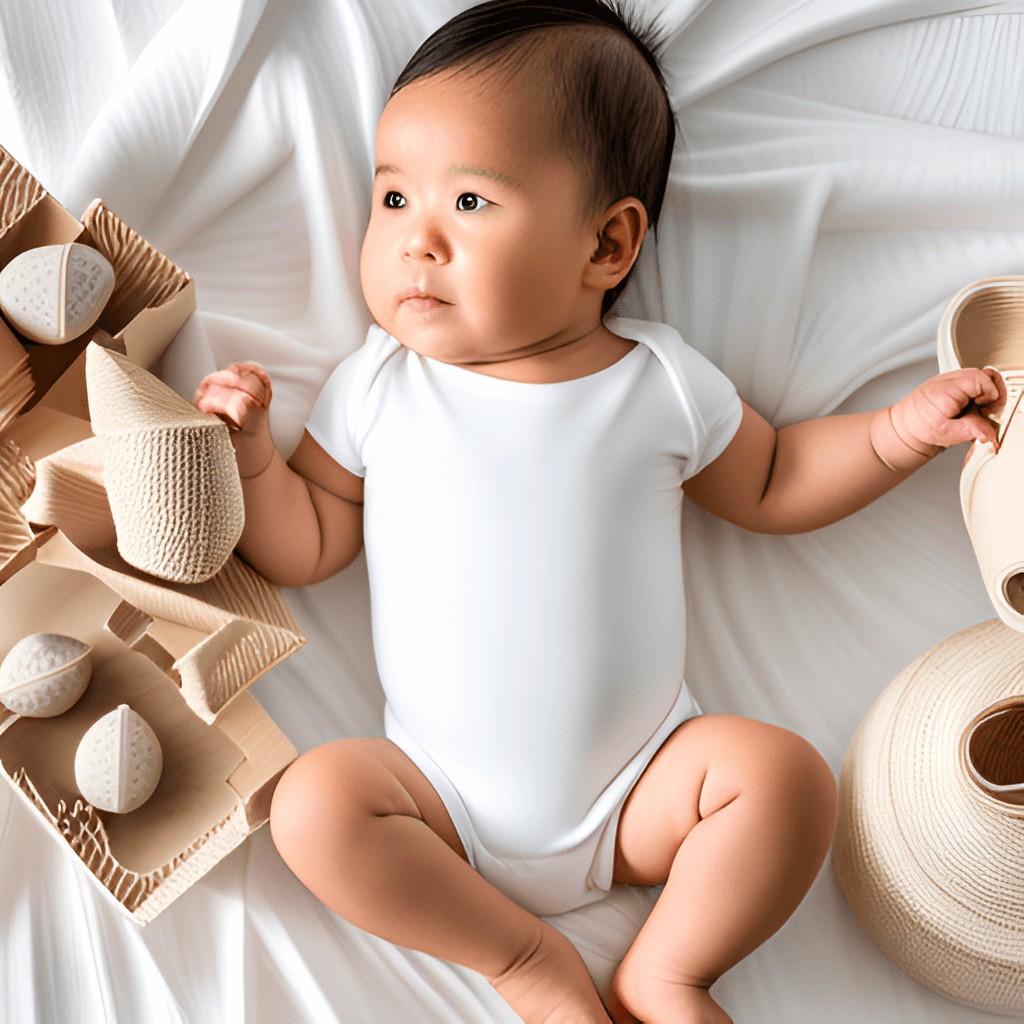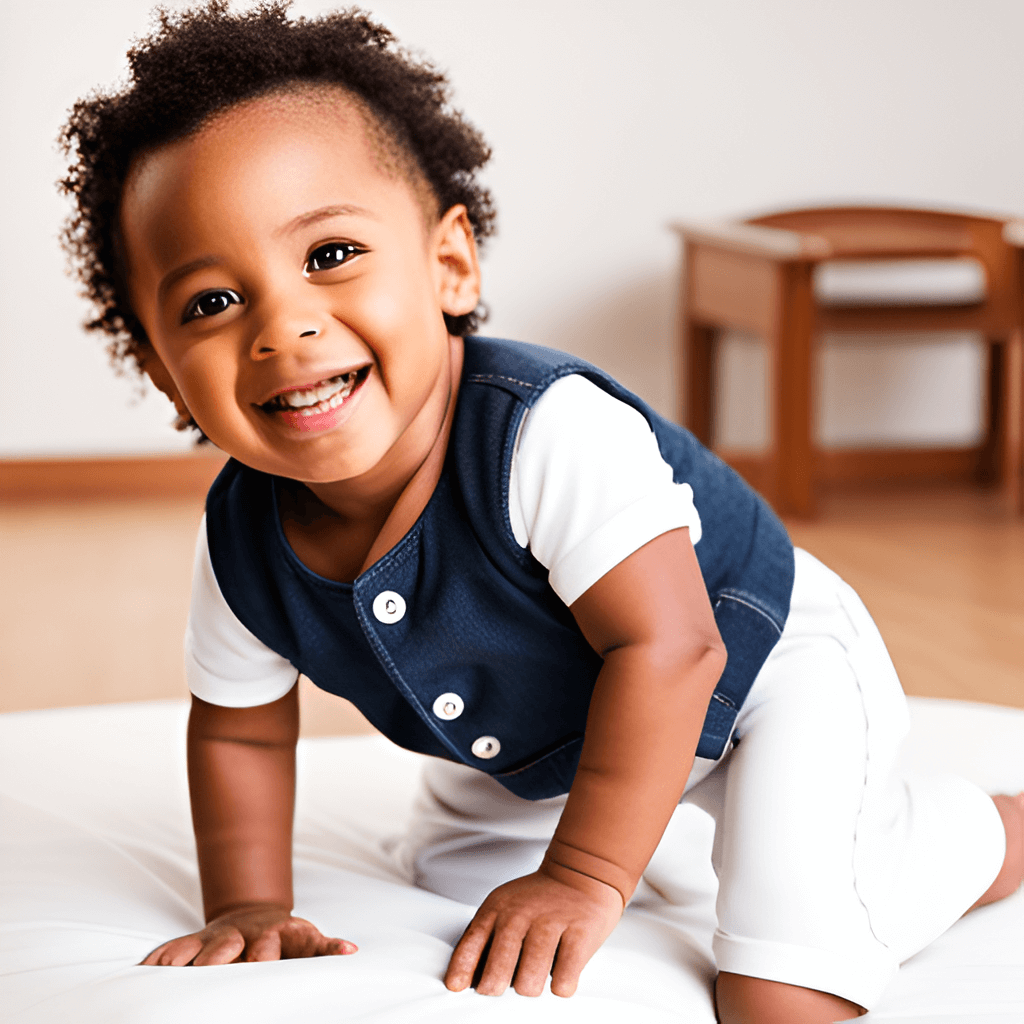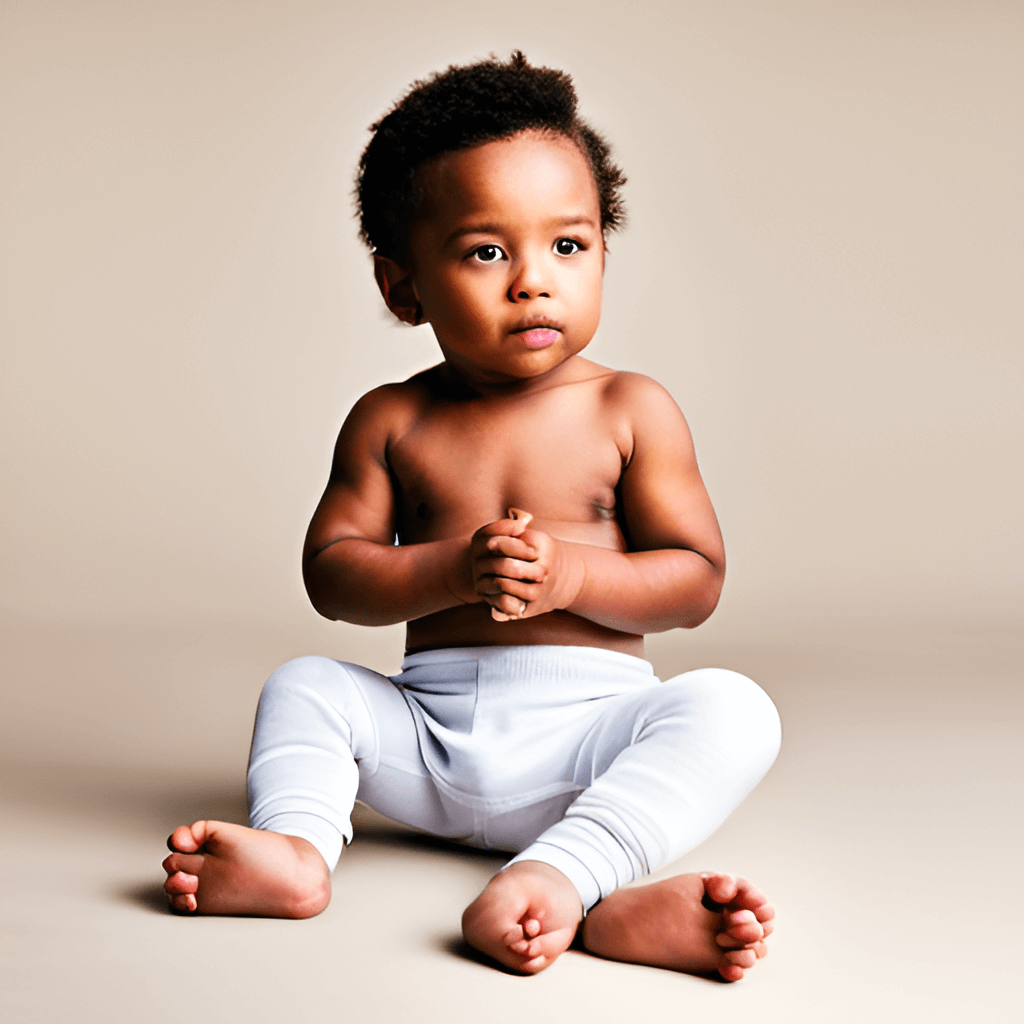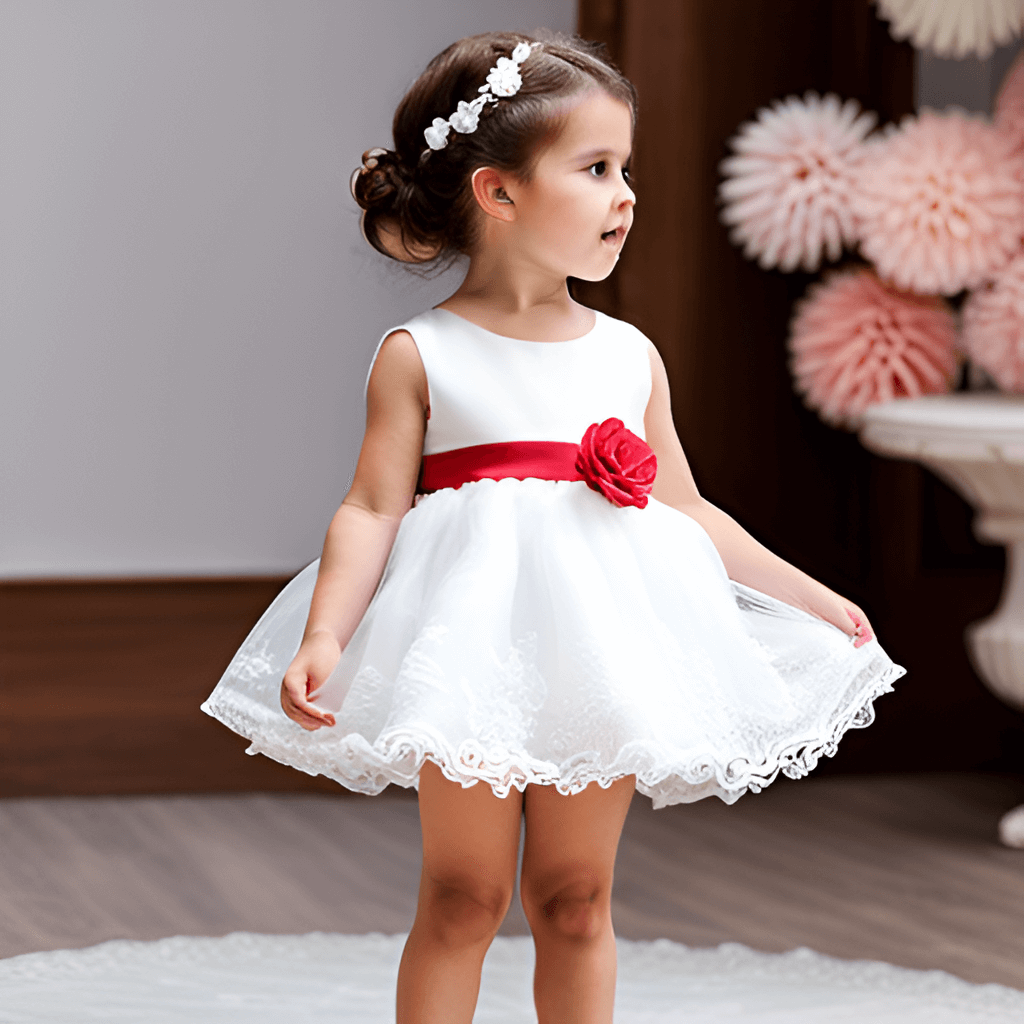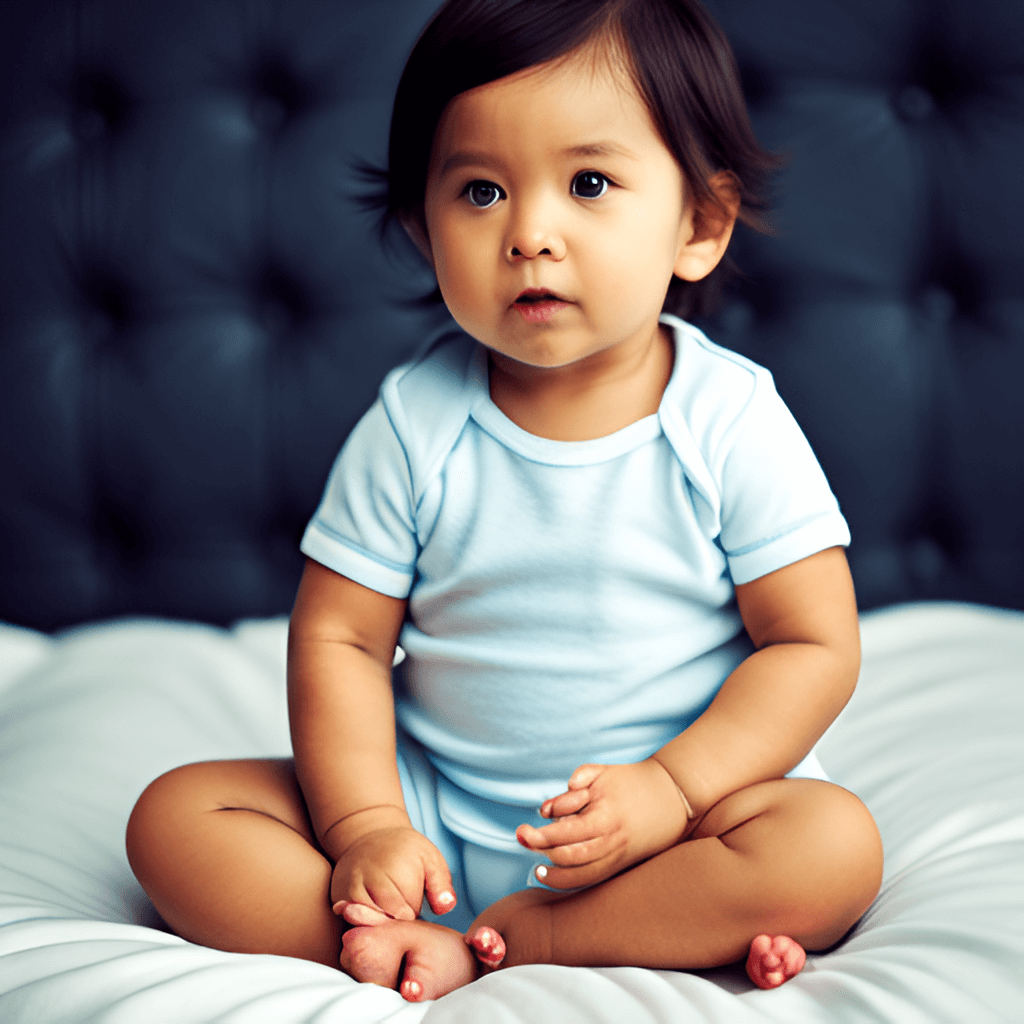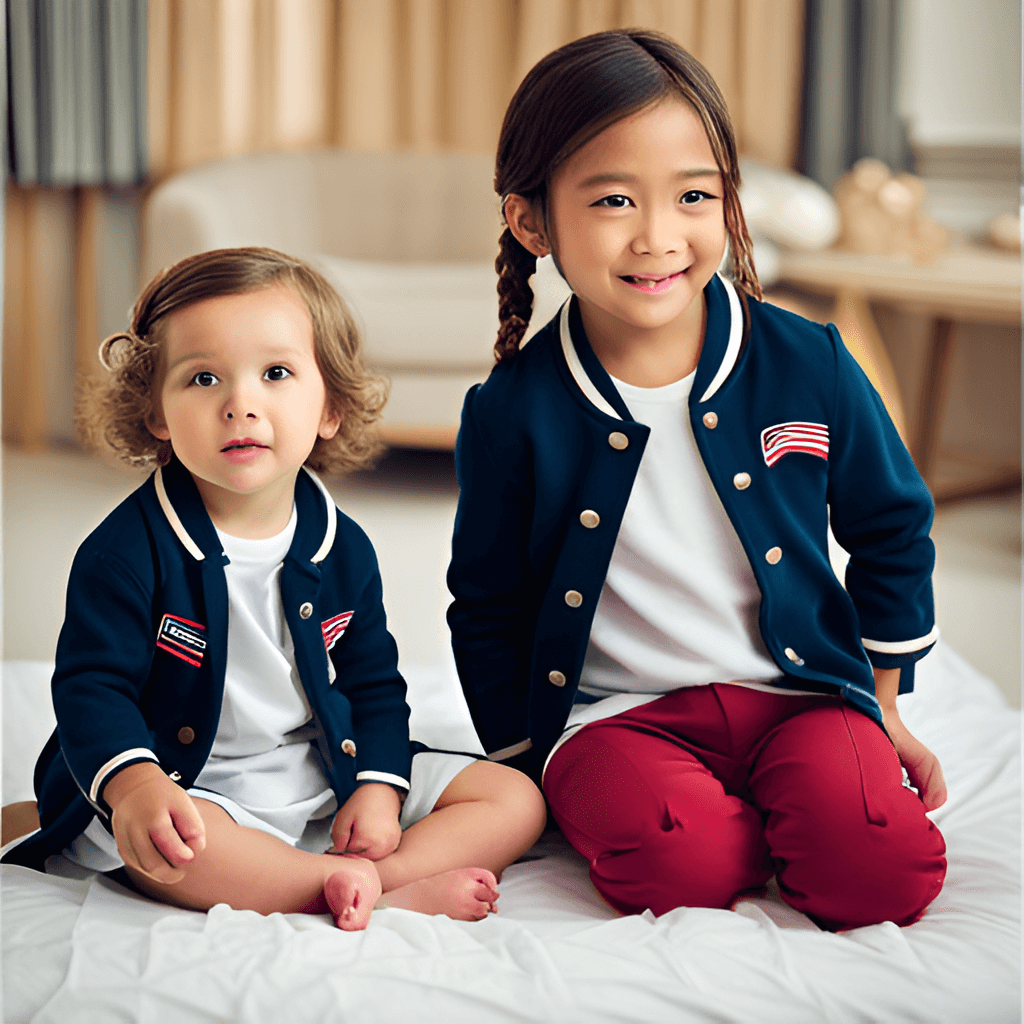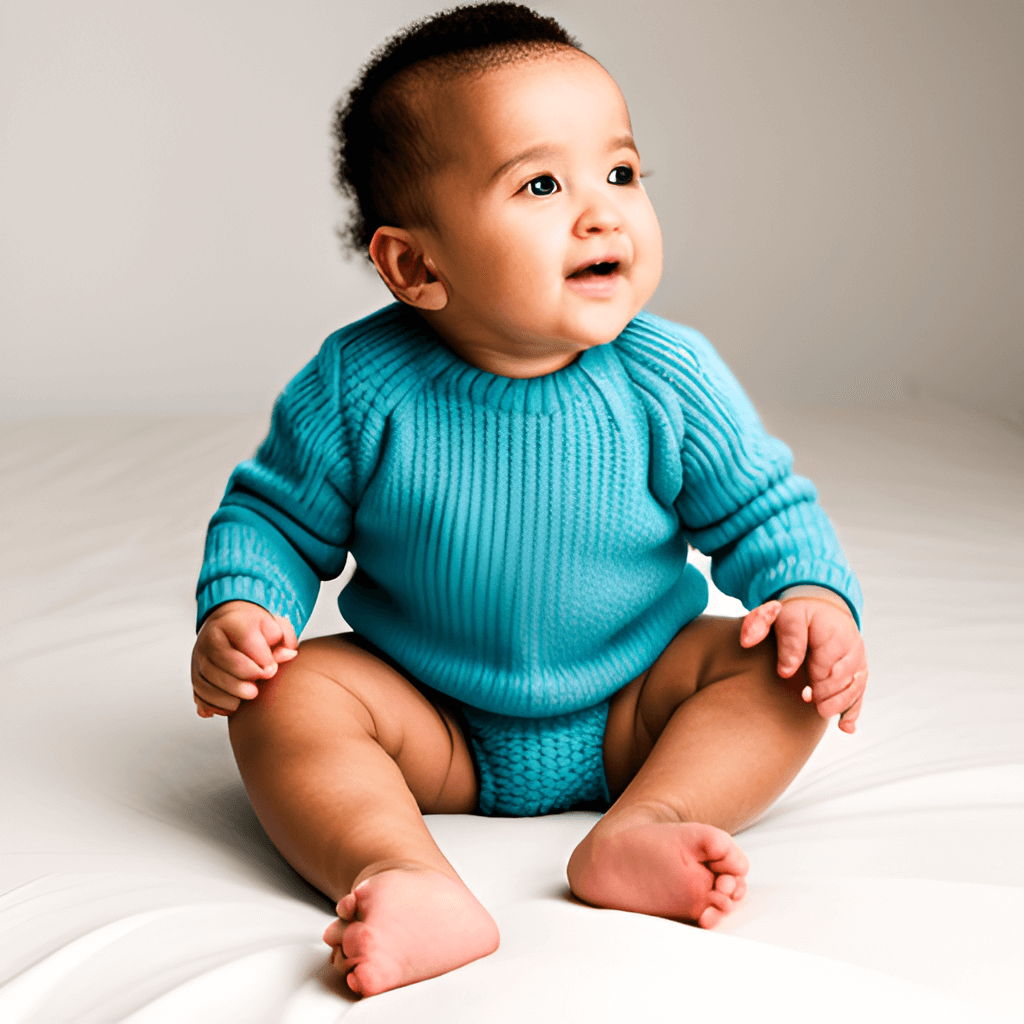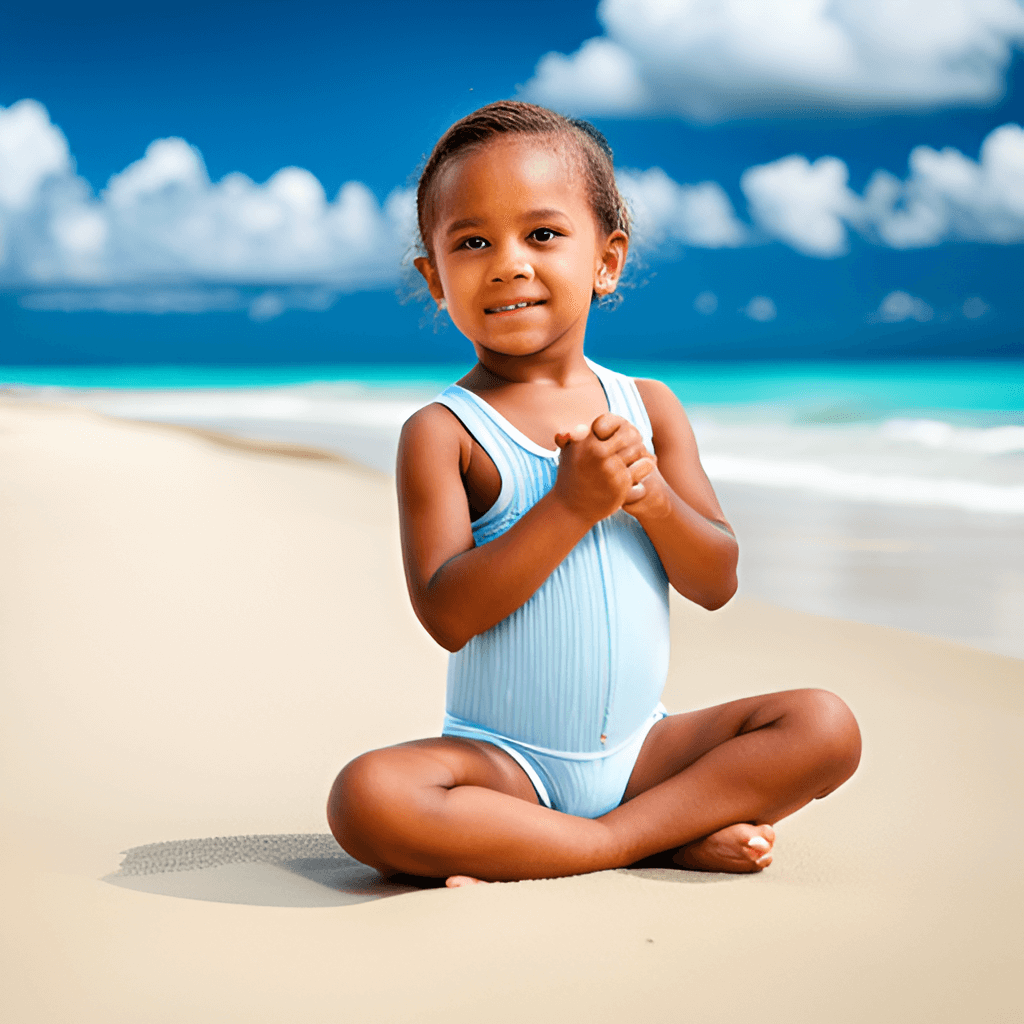Dressing an Infant: What, When, and How?
Taking care of an infant is indeed a beautiful and joyful experience, but it can also be a bit overwhelming, especially for new parents. One of the most common questions we come across is how to dress an infant and what they should wear. This article aims to answer this and related queries.
Table of Contents
- What should an infant wear?
- How should you dress an infant?
- What ages are baby fashion?
- What is baby fashion called?
What should an infant wear?
An infant’s clothing needs to be comfortable, soft, and safe. These are the three major factors to consider when dressing your infant. Primarily, opt for onesies, sleepers, and other baby fashions made from natural fibers like cotton or bamboo. These materials are gentle on an infant’s sensitive skin and allow it to breathe.
How should you dress an infant?
When dressing your infant, a simple rule of thumb is to dress them in one more layer than you would feel comfortable in the same environment. So if you’re in a comfortable room in a T-shirt and jeans, dress your infant in a onesie, a light sweater, and pants.
Layering is important because it allows you to easily adjust your infant’s clothing based on the room’s temperature. Here’s a general guide:
- Hot Weather: Dress your infant in a single layer of light, breathable fabric.
- Cold Weather: Dress your infant in several warm layers, and don’t forget about hats, mittens, and booties to keep them warm.
- Sleeping: Avoid loose blankets which can be a suffocation hazard. Instead, consider a wearable blanket or sleep sack.
What ages are infant clothing?
baby fashions generally refers to sizes meant for babies from birth to about 12 months old. Here is a general size guide:
- Preemie: For babies who are born early. This size is typically for babies who weigh less than 5 pounds.
- Newborn: Fits most newborns 0-2 months old, or up to about 9 pounds.
- 0-3 Months: Fits most babies 0-3 months old, or 9-12.5 pounds.
- 3-6 Months: Fits most babies 3-6 months old, or 12.5-17 pounds.
- 6-9 Months: Fits most babies 6-9 months old, or 17-21 pounds.
- 9-12 Months: Fits most babies 9-12 months old, or 21-25 pounds.
Note: Sizes can vary between brands, so always check the size chart for each brand.
What is baby fashion called?
Baby fashions is generally just referred to as baby or infant clothing. However, when it comes to specialized design or high-end clothing for infants, it is often referred to as “baby couture” or “infant couture”. These terms refer to fashionable, custom-designed baby clothing that’s often more expensive than typical baby wear.
Dressing your infant can be an enjoyable experience when you have the right knowledge. Always remember, the comfort and safety of your little one should be the top priority. Happy parenting!
Additional Considerations for Infant Clothing
Beyond the basic requirements and styles of infant clothing, there are other important factors to consider when choosing what your infant should wear. Let’s delve into those now.
Safety
Safety is a top priority when it comes to infant clothing. Here are some safety considerations:
- Buttons, Beads, and Other Decorations: Avoid clothing with small pieces that can become choking hazards.
- Drawstrings: These can be a strangulation hazard. Opt for clothing with elastic or ribbed cuffs instead.
- Snug-fitting Sleepwear: Loose sleepwear can easily catch fire. Choose snug-fitting sleepwear that’s labeled as flame-resistant.
Comfort and Ease of Dressing
Always consider the ease of putting on and taking off the clothing. Here are some features that can make dressing easier:
- Wide Neck Openings or Snaps at the Neck: These make it easier to pull clothing over your baby’s head.
- Snaps and Zippers in Front: These allow you to lay your baby down and dress them from the front.
- Snaps in the Crotch: These make diaper changes faster and easier.
Durability
Infants grow quickly and can be tough on their clothes. Opt for clothing that’s made to endure:
- Sturdy Seams: These will hold up better in the wash.
- Pre-washed Materials: These are less likely to shrink after you wash them.
- Machine-Washable: Save time and effort with clothes that you can toss in the washer.
Remember that while dressing your infant in cute outfits can be fun, practicality and comfort should be the key considerations. Your little one might not be able to express their discomfort, so it’s up to you to ensure their clothes are soft, safe, and appropriate for the weather.
Infant Clothing for Different Occasions
Now that we’ve addressed the basic considerations for infant clothing, let’s look at what to dress your infant in for different occasions. After all, just like adults, infants can have different outfits for different events!
Casual Outings
When heading out for a casual day trip, comfort should still be the priority. Opt for breathable, loose-fitting clothing to keep your infant comfy. Depending on the weather, layer their clothing to ensure they stay warm or cool enough.
Formal Occasions
For formal occasions like weddings or parties, many parents like to dress their infants in special occasion wear. This could include tiny tuxedos, cute dresses, or themed outfits. Just remember to keep these outings relatively short, as formal wear may not be as comfortable for prolonged periods.
Bedtime
As mentioned earlier, snug-fitting sleepwear is recommended for infants. Sleep sacks or wearable blankets are great options as they keep the baby warm without the safety risk of loose blankets.
Special Events
Holidays, birthdays, and other special occasions often call for themed outfits. Many brands offer holiday-specific attire for infants, such as Christmas onesies or Halloween costumes. Just remember, safety and comfort should always come first, even when dealing with adorable costumes!
Essential Infant Clothing Items
To wrap up, here’s a quick checklist of essential infant clothing items to have on hand:
- Onesies: A staple in any infant’s wardrobe. They’re versatile, comfortable, and come in a variety of designs.
- Sleepers or Pajamas: Ideal for sleep and play at home. Opt for ones with feet to keep baby’s toes warm.
- Hats: Important for outdoor trips to protect from sun in summer and cold in winter.
- Socks and Booties: Keep those little feet warm and protected.
- Sweaters/Cardigans: Useful for layering in colder weather.
- Swaddles or Sleep Sacks: Great for sleep time.
Dressing an infant doesn’t have to be overwhelming. With these guidelines in mind, you’ll be able to ensure your little one is safe, comfortable, and stylish at all times. Happy styling, and remember, every day is a fashion show with your little one as the star!
The Basics of Infant Attire: A Guide for New Parents
Caring for an infant is a joyous journey, but it can sometimes be a challenging task, especially for those new to parenthood. One question that often arises is how to best dress an infant for various situations. We aim to answer this and other related questions in this comprehensive guide.
What Should a Baby Wear?
When choosing clothes for your little one, focus on three fundamental aspects: comfort, softness, and safety. The best choices are typically items like onesies, sleepers, and other garments made from natural fibres such as cotton or bamboo. These materials are gentle on a baby’s delicate skin and provide proper breathability.
How to Appropriately Dress a Baby
A basic guideline to remember when dressing your baby is to put them in an additional layer than what you’d wear to be comfortable in the same conditions. For instance, if you feel comfortable in a room wearing a T-shirt and jeans, your baby might need a onesie, a lightweight sweater, and trousers.
It’s important to remember that layering gives you the flexibility to modify your baby’s clothing based on the room temperature. Here are a few general tips:
- Warm Weather: For hot conditions, dress your baby in a single layer of lightweight, breathable material.
- Cool Weather: In colder weather, dress your baby in multiple layers of warm clothing. Remember hats, mittens, and booties to keep them cozy.
- Sleep Time: Avoid loose blankets that could pose a suffocation risk. Consider using a wearable blanket or a sleep sack instead.
The Age Range for Infant Clothing Sizes
Typically, infant clothing sizes cater to babies from birth up until approximately 12 months old. Here’s a breakdown:
- Preemie: Specially designed for babies born prematurely, usually under 5 pounds.
- Newborn: Suitable for most newborns aged 0-2 months, or up to roughly 9 pounds.
- 0-3 Months: Suitable for most babies aged 0-3 months, or weighing between 9-12.5 pounds.
- 3-6 Months: Suitable for most babies aged 3-6 months, or weighing between 12.5-17 pounds.
- 6-9 Months: Suitable for most babies aged 6-9 months, or weighing between 17-21 pounds.
- 9-12 Months: Suitable for most babies aged 9-12 months, or weighing between 21-25 pounds.
It’s essential to remember that sizes can differ among brands, so always consult the size chart specific to each brand.
The Term for Baby Fashion
In general, baby fashion is simply known as baby or infant clothing. But when it comes to uniquely designed or luxury clothing for babies, it’s often referred to as “baby couture” or “infant couture”. These terms describe stylish, custom-made baby attire that tends to be pricier than typical baby garments.
Remember, with the right knowledge, dressing your baby can be an enjoyable part of your parenting journey. The comfort and safety of your baby should always be your primary concern. Enjoy this special time with your little one!
Further Aspects to Consider for Infant Clothing
Apart from the basic requirements and styles of baby clothes, there are other crucial considerations to bear in mind when deciding what your baby should wear. Let’s explore these now.
Safety
When it comes to baby clothes, safety takes precedence. Here are some safety considerations:
- Buttons, Beads, and Other Decorations:
- Drawstrings: They can potentially strangle. Choose clothes with elastic or ribbed cuffs as an alternative.
- Snug-fitting Sleepwear: Loose sleepwear can be a fire hazard. Opt for snug-fitting sleepwear that is flame-resistant.
Dressing Ease and Comfort
Always keep in mind the ease of dressing your baby. Some features can make this task simpler:
- Wide Neck Openings or Snaps at the Neck: These features make it easier to get clothing over your baby’s head.
- Snaps and Zippers in Front: These features allow you to lay your baby down and dress them from the front.
- Snaps in the Crotch: These are beneficial for faster, easier diaper changes.
Durability
Babies grow fast and can be rough on their clothes. Therefore, it’s a good idea to opt for clothing that’s built to last:
- Sturdy Seams: These hold up better in the washing machine.
- Pre-washed Materials: These are less likely to shrink after you wash them.
- Machine-Washable: Clothes you can throw in the washer will save you time and effort.
Although it can be fun to dress your baby in adorable outfits, practicality and comfort should be your key considerations. Your little one might not be able to tell you when they’re uncomfortable, so it’s up to you to ensure their clothes are soft, safe, and suitable for the weather.
Appropriate Infant Clothing for Different Occasions
Now that we’ve covered the fundamental considerations for infant clothing, let’s discuss what to dress your baby in for various events. Just like adults, babies can have different outfits for different occasions!
Casual Outings
For a casual day out, comfort should be your priority. Choose breathable, loose-fitting clothing to keep your baby comfortable. Depending on the weather, you might need to layer their clothing to make sure they stay warm or cool enough.
Formal Occasions
For formal events such as weddings or parties, many parents enjoy dressing their babies in special occasion attire. This could include miniature tuxedos, cute dresses, or themed outfits. However, keep these outings relatively short, as formal attire may not be as comfortable for extended periods.
Bedtime
As previously mentioned, snug-fitting sleepwear is recommended for babies. Sleep sacks or wearable blankets are great options as they keep the baby warm without the safety risk of loose blankets.
Special Events
Holidays, birthdays, and other special occasions often call for themed outfits. Many brands offer holiday-specific attire for babies, such as Christmas onesies or Halloween costumes. But remember, safety and comfort should always be paramount, even when dealing with cute costumes!
Must-Have Infant Clothing Items
To conclude, here’s a handy checklist of essential infant clothing items to keep in your baby’s wardrobe:
- Onesies: They’re a staple in any baby’s wardrobe for their versatility, comfort, and variety of designs.
- Sleepers or Pajamas: These are ideal for sleep and play at home. Choose ones with feet to keep your baby’s toes warm.
- Hats: These are important for outdoor excursions to protect your baby from the sun in summer and the cold in winter.
- Socks and Booties: These keep those tiny feet warm and protected.
- Sweaters/Cardigans: They’re useful for layering in colder weather.
- Swaddles or Sleep Sacks: These are excellent for sleep time.
Dressing a baby doesn’t have to be overwhelming. With these guidelines in mind, you can ensure your little one is safe, comfortable, and stylish

